Editor's note: chef Theo Clench left Cycene in August 2024.
Cycene (“kitchen” in old English) opened in Shoreditch in late October 2022 on the site of what was previously Maos. It is in a building called the Blue Mountain School, in which seemingly “fashion, food, and design combine to achieve a new, esoteric extreme in high-end retail." Er, OK then. Head chef Theo Clench was most recently head chef at Akoko and before that of Portland and Bonhams. The menu format is tasting menu only of ten courses, with just 15 customers at capacity in total. There is a bar downstairs with the dining room upstairs. There is also a six-seat private room available. Tables are quite well spaced and have crisp white linen tablecloths and a single candle on each table, for a slightly Gothic effect. The menu actually starts in the downstairs bar with a cup of beef broth with beef fat and oxalis, and warm spelt and rye bread with a choice of three butters: fermented shiitake cultured Normandy butter and Normandy butter flavoured with seaweed. The bread was fine and the broth a pleasant start on this chilly night, though for me a greater intensity of flavour from the broth would have helped (14/20).
The wine list is “low intervention” natural fare: this is Shoreditch, so of course it is. The list offered 70 labels and ranged in price from £71 to £1,486, with an unusually high median price of £184 and an average markup to retail price of a reasonable 2.7 times. Sample references were Momento Grenache Blanc 2019 from Western Cape at £75 for a bottle that you can find in the high street for £26, Fanny Sabre Bourgogne Blanc 2021 at £98 compared to its retail price of £26, and The Sadie Family Wines Treinspoor 2020 at £123 for a wine that will set you back £70 in the high street. For those with the means there was Frank Cornelissen ‘Magma’ 2017 at £462 compared to its retail price of £304, and Domaine Didier Dagueneau Silex 2016 at £465 for a wine whose current market value is £172. The entry wine price of £71 tells you something about the level of income of the clientele that the restaurant is aiming for.
Now in the dining room, a trio of canapes appeared. A take on the classic gougere here involved choux pastry flavoured with 36-month aged Comte. Instead of the classic spherical shape, the pastry was piped out in lines and topped with picked walnut and a caramelised onion tuile. This was an unusual version but the cheese flavour came through well, the walnut adding a contrasting texture. Even better was an unassuming looking crab and potato tart with green tea and fermented kombu, the crab beautifully sweet and the pastry delicate. Finally, there were cubes of chicken liver and red pepper, which had silky texture and deep flavour (canapes average 17/20).
At this point we were invited to move into the kitchen for the next course. This was slow cooked oyster Carlingford oyster from north of Dublin. The oysters were large (“size zero”) and had been poached for an hour before being finished in front of us by being briefly charcoal grilled on a barbecue. They were served in their shells with cucumber sauce and picked cucumber, garnished with oscietra caviar from top supplier N25. On the side was a juice of cucumber and fermented blackcurrant branches. This was all perfectly pleasant, the cucumber providing some contrast to the salinity of the oyster and caviar (15/20).
Back to the dining room now; this meal was quite a merry go round at this point, but that was the last point at which we needed to switch rooms. We continued with mussels and black radish with shiso (aka perilla) oil and shiso flowers. This was a pretty dish though for me it was a little bland. Perhaps a little vinegar to add some sharpness would not have gone amiss (14/20).
Cavatelli pasta, an eggless pasta made from semolina flour and water, was topped with sea urchin sauce and a little cassava souffle, made in a similar way to the classic French pomme souffle. This was all topped with black truffle shavings (supplied by Wiltshire truffles) and garnished with kinome leaves (a Japanese herb with a mild peppery citrus taste). This was a successful dish, the inherently quite bland pasta enlivened by the quite intense sea urchin sauce, the truffle adding its luxurious fragrance (16/20).
The next dish was a large Isle of Skye scallop with brown butter and fermented asparagus with sea truffle (aka pepper dulse, a sea vegetable noted for its alleged similarity to white truffle) sauce. This was garnished with schrenkii caviar and scallop roe. The scallop was of superb quality and its light cooking allowed its natural sweetness to shine. I also really liked the fermented asparagus as a contrast, this with the salinity of the caviar providing a lovely balance to the dish (18/20).
Wild turbot from Brixham was served as a fillet from a large 7 kg fish, served with both a lettuce sauce and a sake Caramel sauce, with a brioche bun on the side. The fish itself was excellent, cooked lightly with a hint of mother of pearl like sheen on its surface. I found the lettuce sauce a little bland, the sake caramel sauce a better pairing for the excellent fish, and the brioche bun had good texture (16/20). Challans duck was presented simply, with beetroot purée with roast kombucha (black tea) and endive. On the side was a little grilled duck. This was another well-balanced dish, the acidity of the beetroot and bitter flavour of the endive balancing the richness of the excellent duck (16/20).
A pre-dessert was sorbet of Mouneyrac pear from Avignon with ginger. This was just what you want from a pre-dessert, refreshing and with the touch of ginger enlivening the pear (17/20). Also very good was a light chocolate sabayon with sweet potato ice cream. The chocolate sayabon itself was light and lovely, the sweet potato (for me) an odd choice but being mercifully subtle in its flavour (16/20).
Coffee was excellent Jamaican Blue Mountain from Difference Coffee. This came with nicely made canele (the cork shaped pastry originating from Bordeaux) with rambutan mousse and a rather less good lemon pate de fruits that was just a bit soggy. Service, led by the manager Rachel, was excellent. The bill came to £390 a head, albeit with some very good wine. However, given the high £71 wine entry point here and the £160 menu and 15% service it would be difficult to eat here without spending about £295 per person. This is clearly a lot of money for dinner, and so it was fortunate that the cooking here was so accomplished, using top notch ingredients and resulting in interesting yet highly enjoyable dishes. It was all the more impressive that this quality appeared from a kitchen that had only been operating for a few weeks: there were virtually no missteps across this lengthy tasting menu. My only real issue was with the wine list. I hope that this little restaurant prospers.

























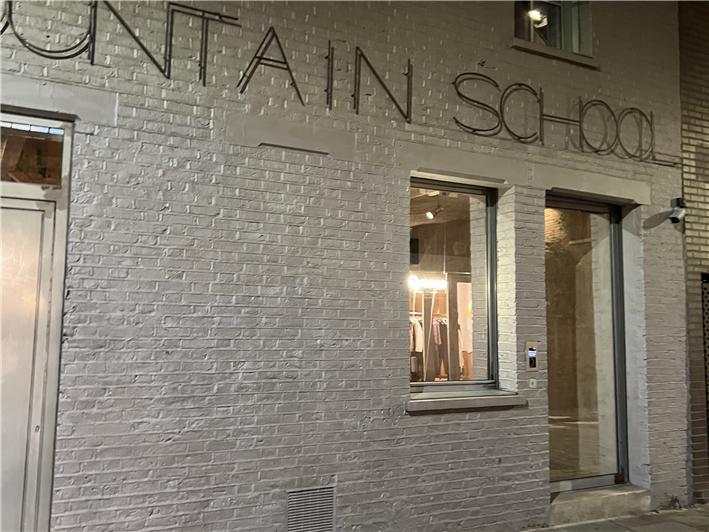

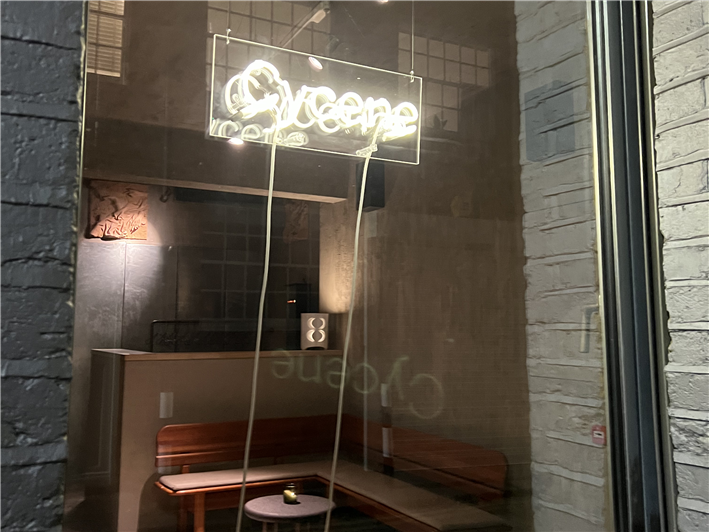
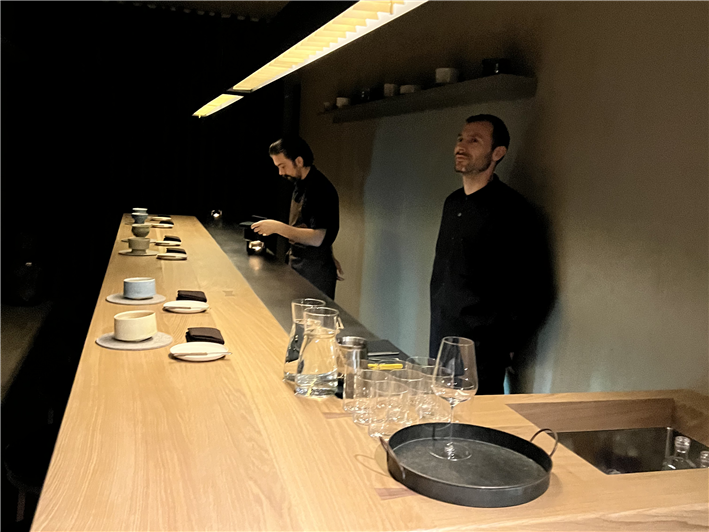
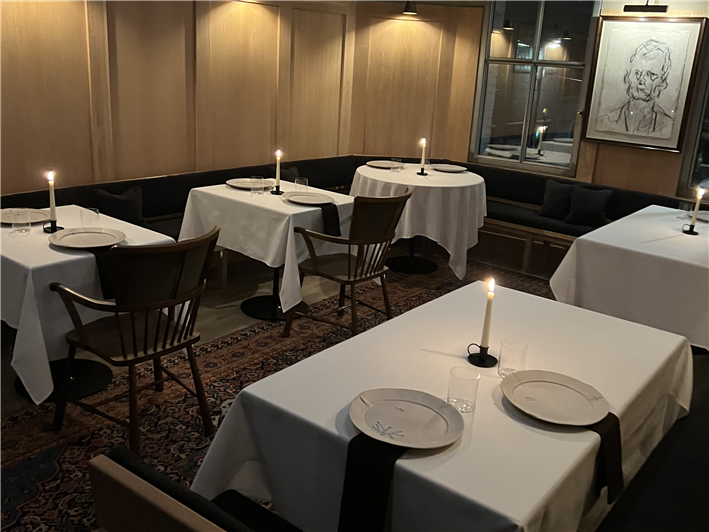
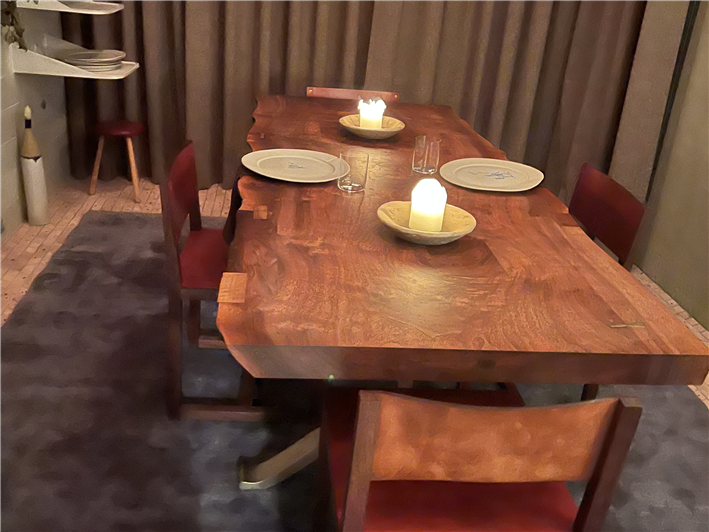

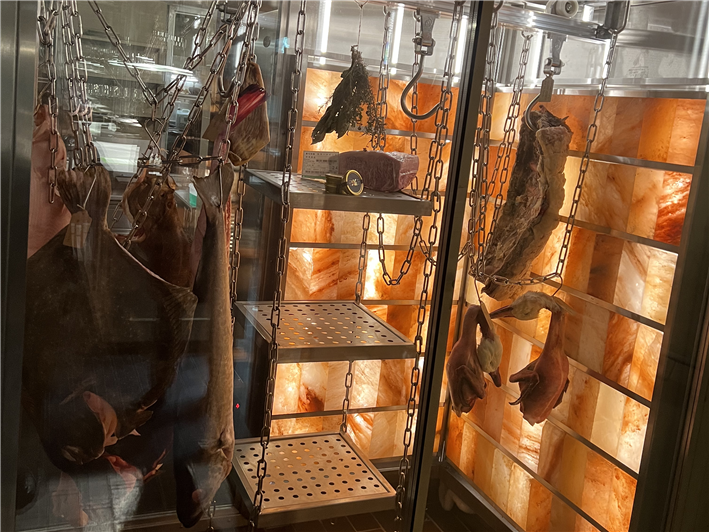
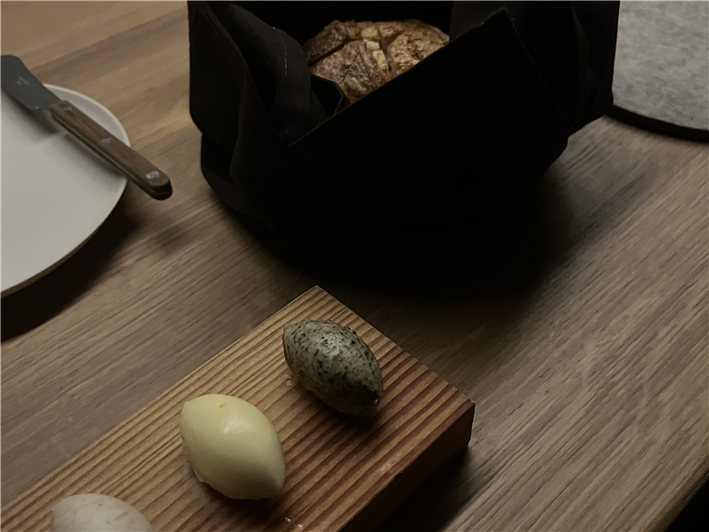

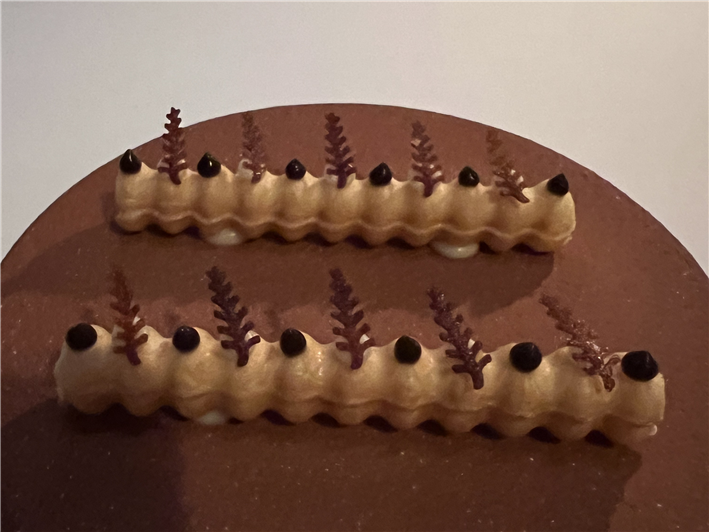
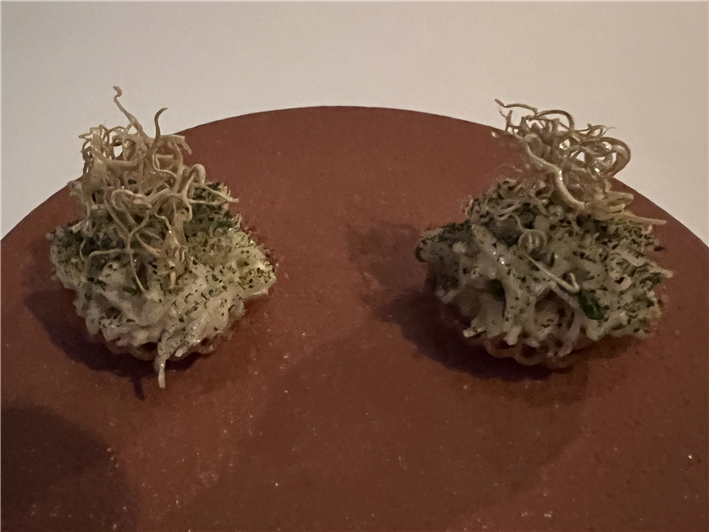
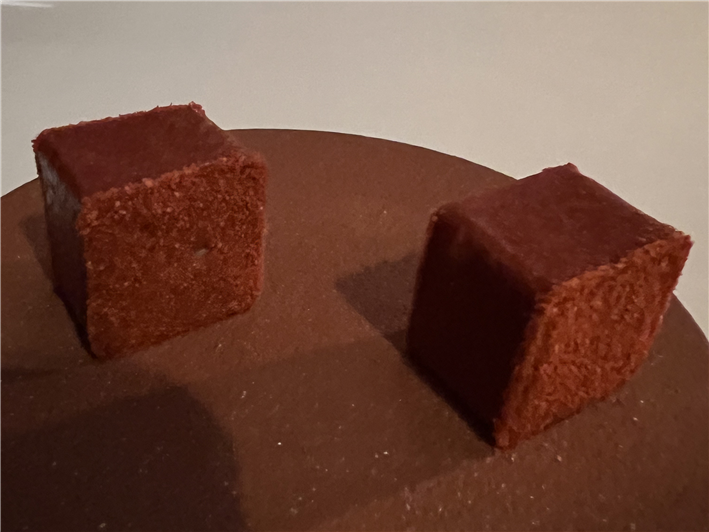
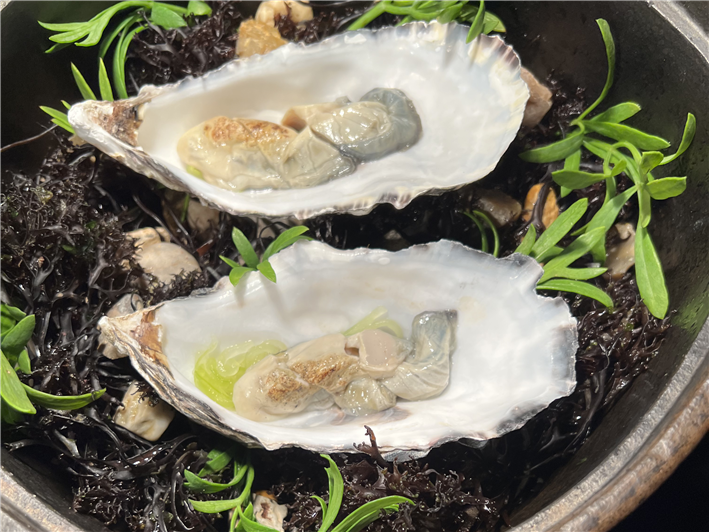
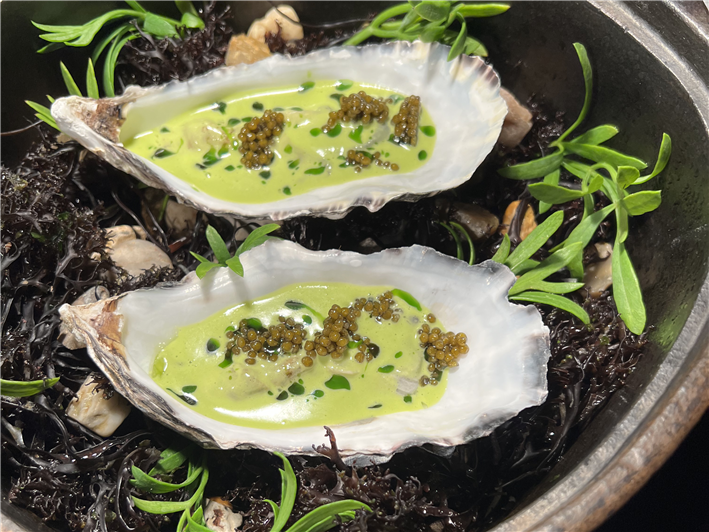
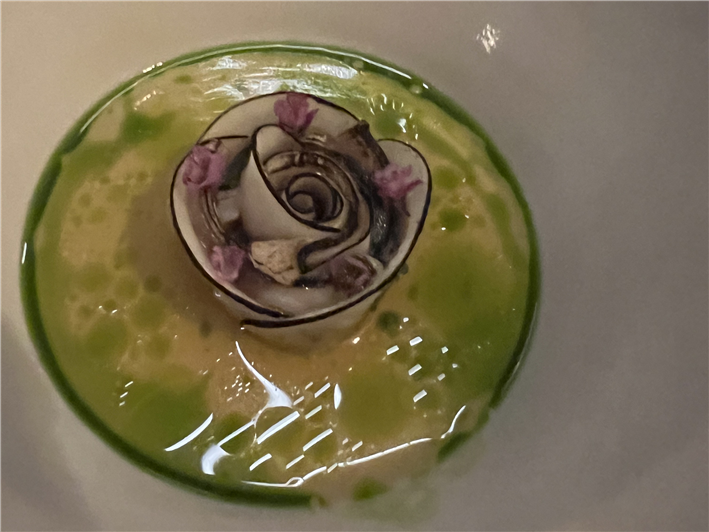
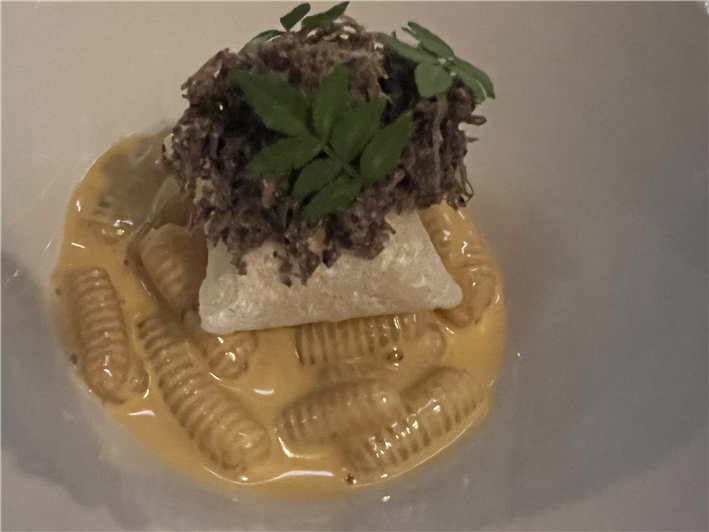
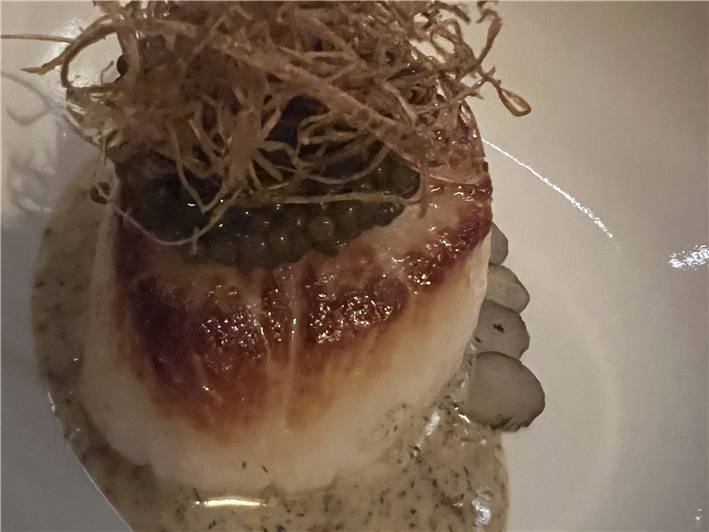
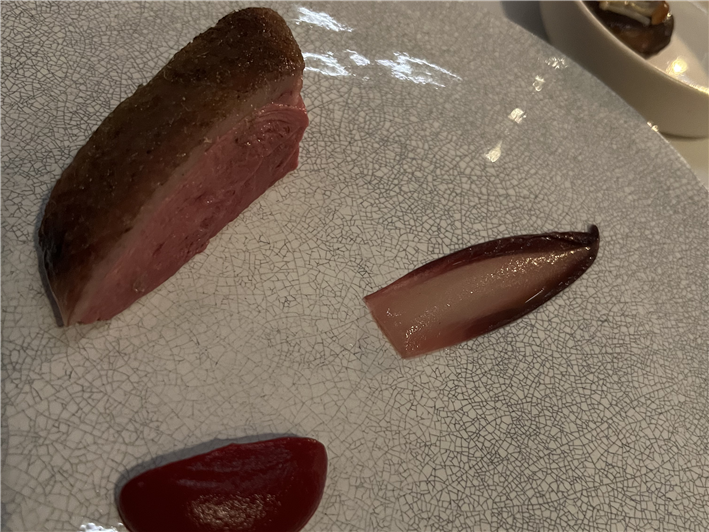
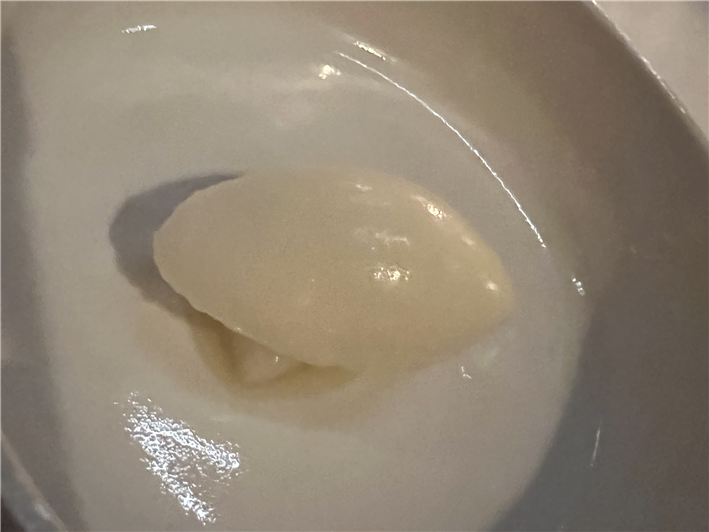
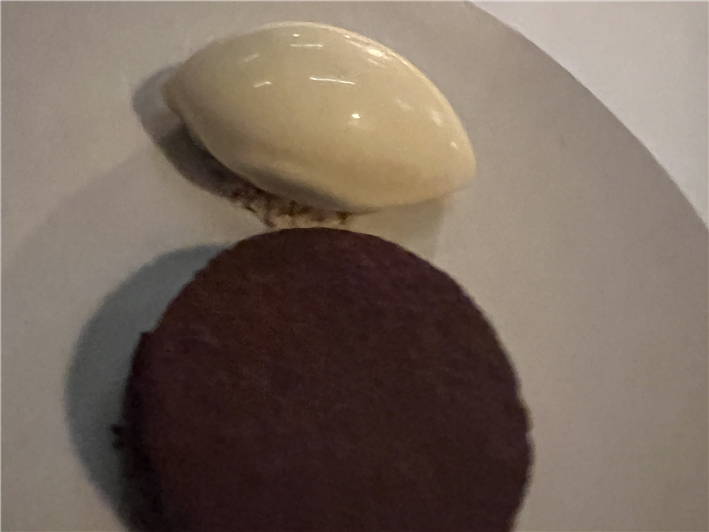
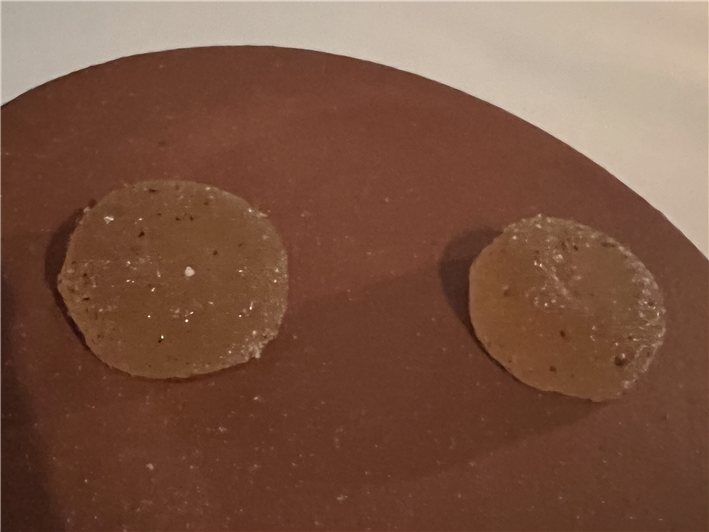
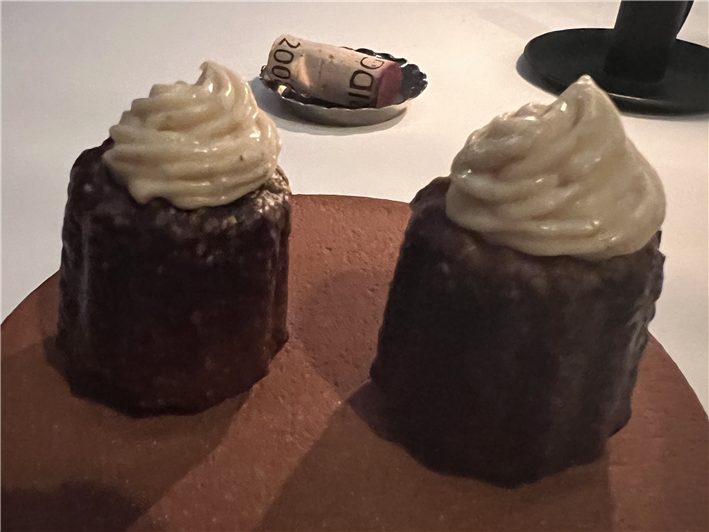
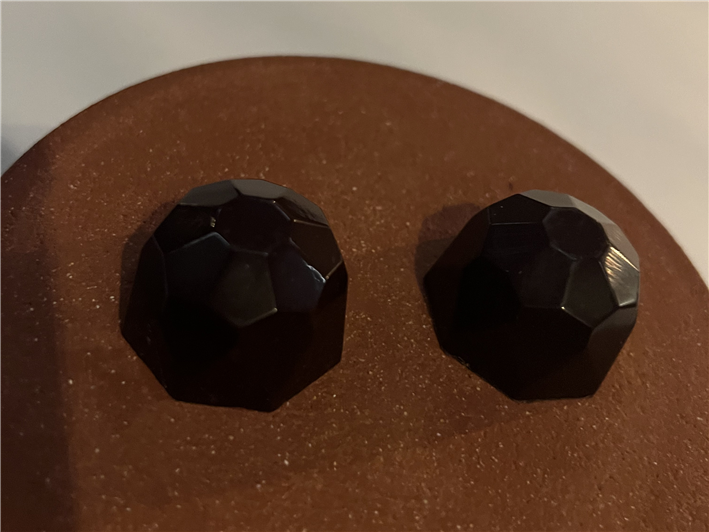

Add a comment
Thank you for submitting your comment, this will be checked and added to the website very soon.
User comments